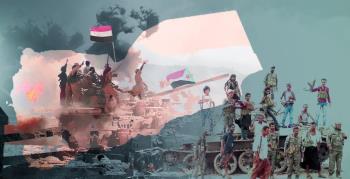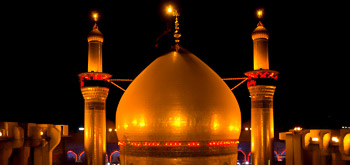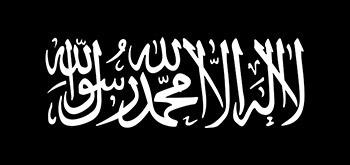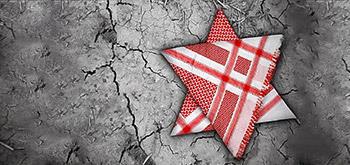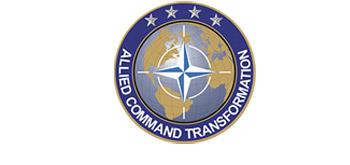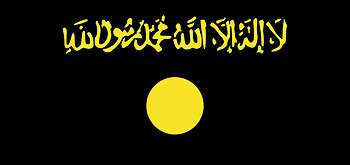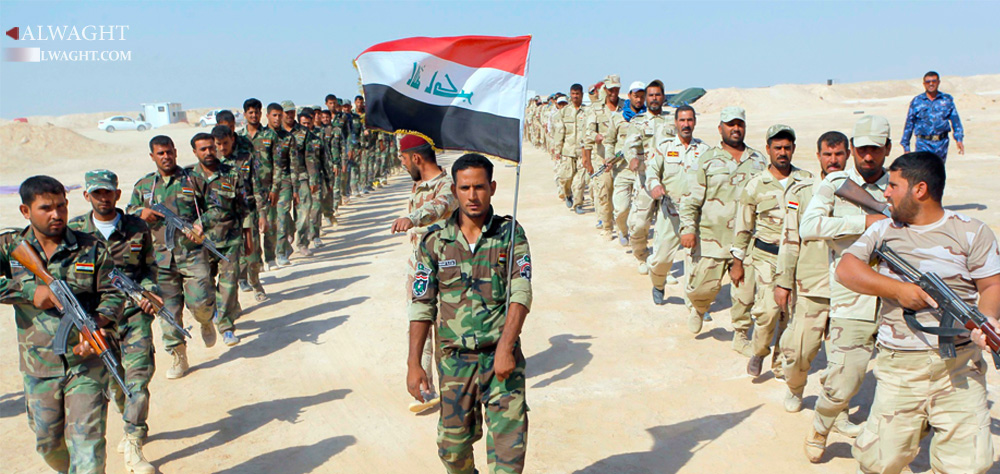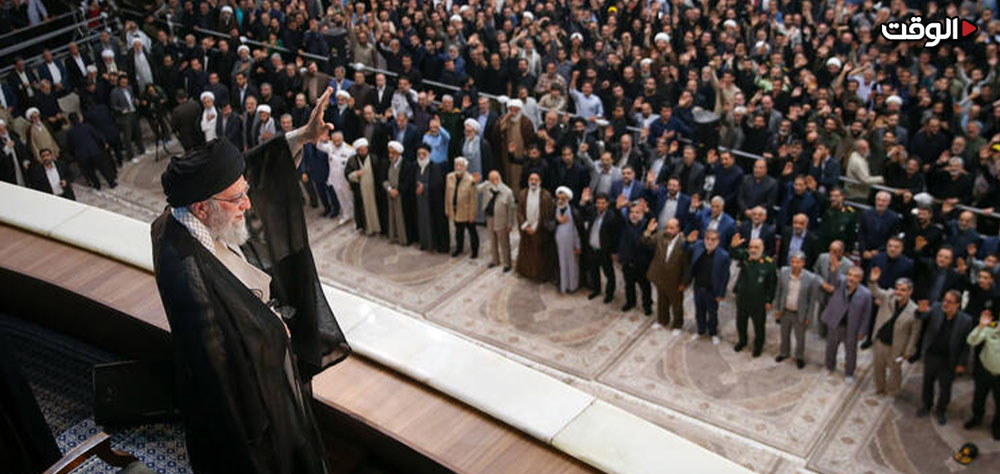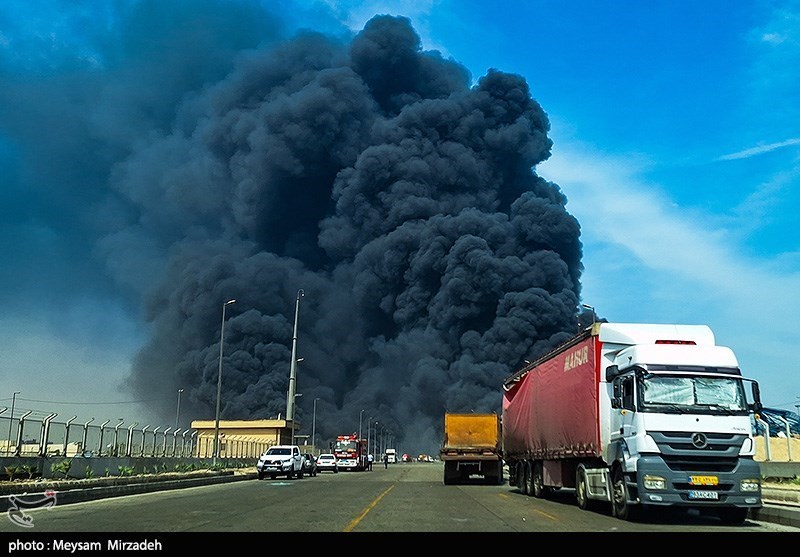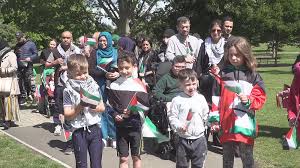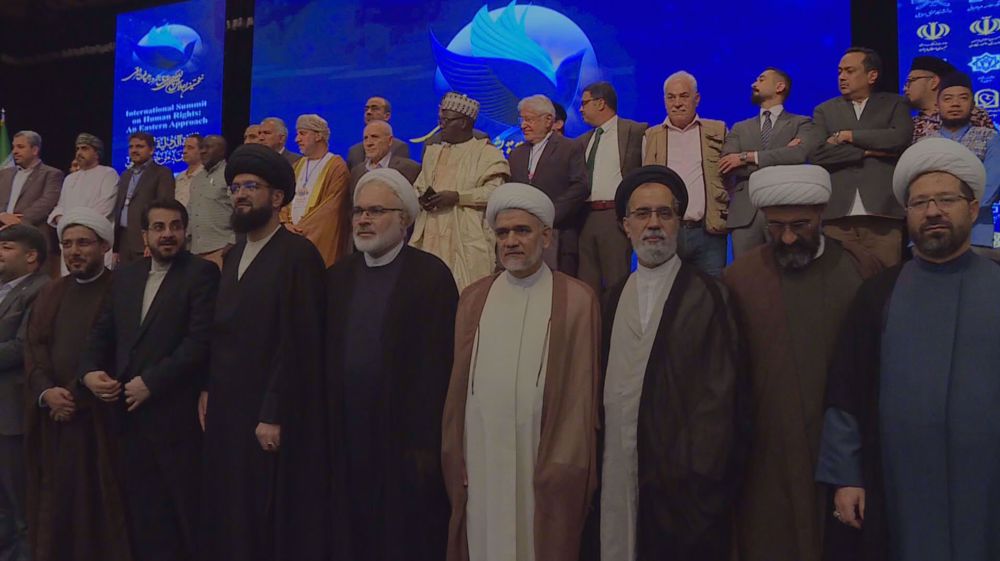Alwaght- The Popular Mobilization Forces (PMF), Hashid Shaabi in Arabic, are currently one of the most significant Iraqi forces fighting the ISIS terror group in the country. The structure and organization of the PMF has been one of the issues calling attention of the political researchers during the past two years.
State-sponsored umbrella organization of PMF is composed of some 40 groups, which are mainly Shiite Muslim groups, but there are Sunni Muslim, Christian, and Yazidi groups as well.
The Major units forming the PMF are Saraya al-Salam, Military wing of Badr Organization, Kata'ib Hezbollah, Asa'ib Ahl al-Haq, Hezbollah Movement of Iraq, Kata'ib Jenah Resali, Saraya al-Khorasani, and Saraya Ashura.
On June 13, 2014, Iraq's grand Shiite cleric Ayatollah Sayyed Ali al-Sistani issued a jihad fatwa, calling the Shiite Muslims of Iraq to mobilize to fight against the ISIS terror group. Immediately after the call, the Shiites of the country staged massive recruiting arrangements, and became united under the Popular Mobilization Forces organization.
This union paved the way for the PMF to become a link between different political and ideological movements in Iraq.
Key forces and movements present within the PMF are:
Saraya al-Salam
Saraya al-Salam forces are in fact the units of Mahdi Army, belonging to the top Shiite leader Ayatollah Muqtada al-Sadr, which in August 2007 officially halted military activities due to a decree by its leadership for disbandment. The forces of Mahdi Army were reorganized under the new name of Saraya al-Salam only two days after Ayatollah Sistani’s jihad fatwa. They are fully armed units, with tens of thousands of fighters. They could be called as the military arm of al-Sadr in Iraq. The Saraya al-Salam have declared their major aim to be protection of the sacred places in both Najaf and Karbala cities, as well as fighting the foreign forces in the country. The pro-Sadr force showed highly efficient military capabilities between 2003 and 2007, having major military equipments at their disposal.
Military wing of Badr Organization
The Badr Organization was founded in mid-2012 under leadership of Hadi al-Amiri, the current chief of PMF. The organization now stands as the key force among other forces forming the PMF. The organization enjoys large credibility among the Shiite Iraqis, and holds firm bonds with Nouri al-Maliki, the former Prime Minister of Iraq, and also the army. In the time being, the Badr Organization's forces make up the key force in the body of PMF, with about 10,000 fighters.
Kata'ib Hezbollah
Kata'ib Hezbollah or Hezbollah Battalions was formed several months before US invasion of Iraq in 2003. Initially, its organizational name was Kata'ib Abu al-Fadl al-Abbas, however, in 2007 it was renamed to Kata'ib Hezbollah of Iraq. The members of Kata'ib Hezbollah are followers of Imam Khomeini, the founder of the Islamic Republic of Iran, and also Iraq's grand Shiite cleric Ayatollah Sayyed Muhammad Baqir al-Sadr. Although it shares name with the resistant Lebanese group Hezbollah, their organizational structures are completely distinct and separate, and they only share similar objectives. One of major goals of this Shiite militant group is to confront all of the foreign forces next to Iraqi borders. Its first military operation was in 2003 against the US military convoy in Baghdad. It is not clear who are the main commanders of the military organization. Presently, it is one of key forces active beside others in PMF.
Asa'ib Ahl al-Haq
The force is part of the larger body of Mahdi Army. It declared existence 2007 after an order by Ayatollah Muqtada al-Sadr as a separate force following disbandment of Mahdi Army. Qais al-Khazali and Sheikh Akram al-Kaabi are leaders of this Shiite militia group. This force could be seen as the strictest and toughest group among the other forces of the PMF. During US and UK invasion of Iraq, it launched assaults against the American forces stationed in Iraq. The fighters of the force could reach tens of thousands in number.
Hezbollah Movement of Iraq
The group was founded in 2011 under leadership of Hassan al-Sari, the member of Islamic Supreme Council of Iraq. The force joined the PMF after the jihad fatwa of Ayatollah al-Sistani. Their number is estimated to be about 3,000.
Kata'ib Jenah Resali
The force, like its counterparts, was formed after Jihad call. Kazem al-Haeri is the leader of the militia group. It has about 2,000 fighters, and showed an efficient presence in anti-ISIS battles.
Saraya al-Khorasani
The group was formed in 2013 as the military wing of Talia Party. Its chief is Ali al-Yaseri. The group is comprised of 3,000 fighters, and since the beginning of clashes of PMF with ISIS it was present in the battlefields.
Saraya Ashura
The militia group was also formed immediately after call for jihad by Ayatollah al-Sistani. The force is majorly recognized as the military wing of Islamic Supreme Council of Iraq. Over 5,000 fighters are estimated to form this group.
The Popular Mobilization Forces was created to confront foreign interventions or domestic calamities such as the one currently trapping Iraq in an inextricable network of foreign-backed terrorist plots.
There is no doubt that Iraq's national army and security forces play a key role in the battles but that doesn't mean that the PMF are just there to warm the bench. Instead, these groups, according to experts, have made a fundamental difference on the battlefield. Most notably, PMF fighters possess a quality that the army does not have and that is the upper-hand in the guerilla warfare.
What was known as the Second Battle of Tikrit was an example that shows the strength the PMF has on the ground. The recapturing of the provincial capital of the Salahuddin province in April 2015 marked a turning point in the war against ISIS as the popular mobilization forces, along with security forces, were engaged in the largest offensive against ISIS since they occupied swathes of territory in northern Iraq in June 2014, declared the so-called caliphate, and launched attacks against security forces and innocent civilians alike.
PMF's Latest show of powers against ISIS was liberation operation of Fallujah, the terrorist group's stronghold in mainly Sunni populated province of al-Anbar.
Fallujah was a name that for at least a decade in Iraq has been synonymous with clashes, violence and terrorism.
The city has been held by the ISIS terrorist group in early 2014. It didn't take the terrorists much effort to seize control of the city because part of the Fallujah population were in favor of going under the rule of militants of Abu Bakr al-Baghdadi, the leader of ISIS, and so facilitated their entry to the city.
It is notable that several thousand Sunni, Assyrian, and Yazidi volunteers are fighting ISIS under the flag of PMF. But regional media, mostly those belonging to Saudi Arabia, underestimate their role and only magnify the Shiite fighters’ role in PMF all to fan tensions as crisis is under way in Iraq.
The PMFs military capacities have been invested constructively in the country. They even have the potential to establish security and prosperity in a post-war Iraq, if given the chance.
Scenes of jubilation following many victories that have been broadcast in the aftermath of fierce clashes showed many fighters from the Popular Mobilization forces expressing their sense of nationalism in song and dance. Singing the national anthem or traditional rhythms while waving the Iraqi flag is how members of the country's volunteer units like to celebrate their accomplishments, which they selflessly dedicate to their country.
These images, however, are but a glimpse of what they are willing to do for the best interests of Iraq. Although tribes, parties, and organizations in Iraq are highly-regarded they have not interfered with the loyalty of these people to their country. When in need they rise above their different allegiances and unite for the sake of Iraq and the Popular Mobilization Forces is a model of that.

